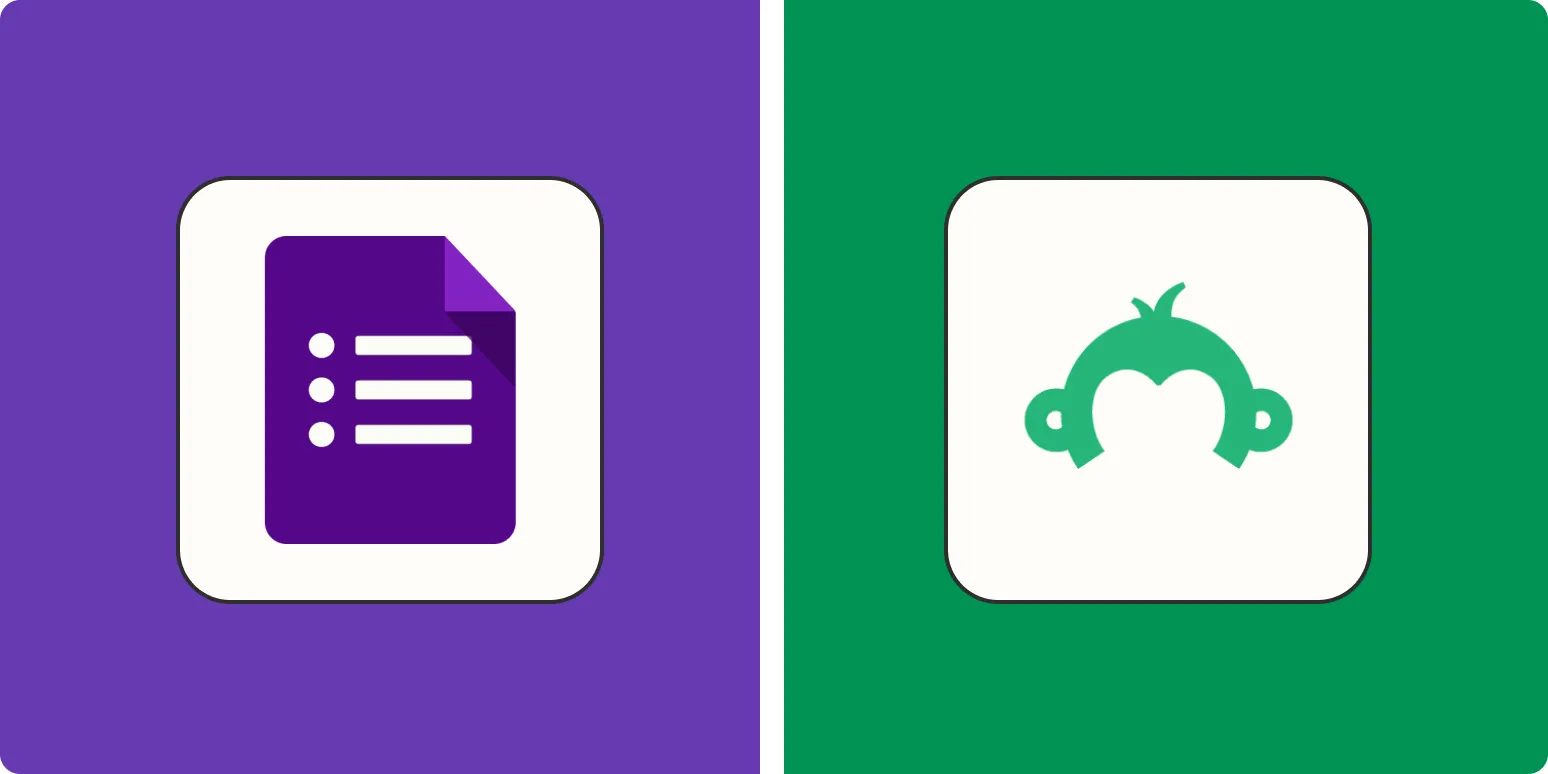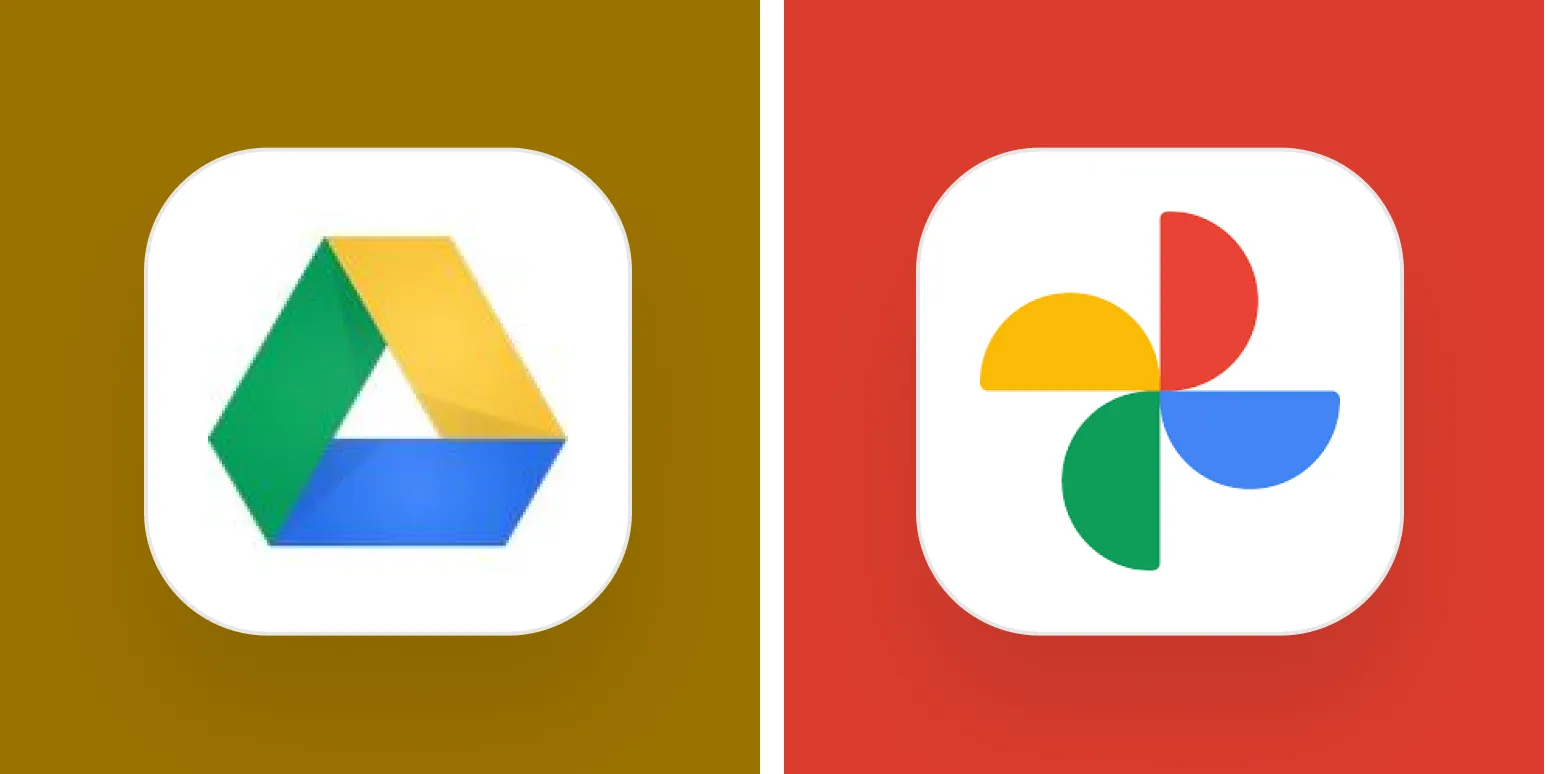Overview of Survey Platforms
As businesses and individuals look for efficient ways to gather feedback, conduct surveys, and analyze data, two popular tools frequently come up: ''SurveyMonkey'' and ''Google Forms''. Both platforms offer unique features that cater to different needs, making the choice between them significant for effective data collection. In this article, we will explore their functionalities, advantages, and disadvantages, helping you determine which tool suits your requirements best.
Ease of Use
When it comes to user experience, both ''SurveyMonkey'' and ''Google Forms'' have their strengths. ''Google Forms'' is renowned for its intuitive interface. Users can easily create forms without any prior technical knowledge. The drag-and-drop feature allows for quick adjustments, while its integration with other Google services enhances usability.
''SurveyMonkey'', on the other hand, while also user-friendly, has a more complex interface due to its extensive features. It offers advanced survey design options, making it ideal for users who want to create sophisticated surveys. However, the learning curve might be steeper for those unfamiliar with survey design.
Features Comparison
Both platforms offer robust features, but they cater to different needs. Here is a comparison of key features.
| Feature | SurveyMonkey | Google Forms |
|---|---|---|
| Templates | Wide variety of customizable templates | Basic templates available |
| Question Types | Multiple choice, rating scales, open-ended, etc. | Multiple choice, checkboxes, dropdowns, etc. |
| Logic Jumps | Yes, allows for conditional logic | No advanced logic options |
| Collaboration | Team collaboration features available | Real-time collaboration with Google account |
| Analytics | Advanced analytics and reporting tools | Basic analytics with Google Sheets integration |
Pricing Structure
Pricing is a crucial factor when choosing between ''SurveyMonkey'' and ''Google Forms''. ''Google Forms'' is completely free, making it the ideal choice for budget-conscious users or small businesses. Users can create unlimited forms and receive unlimited responses without incurring any costs.
''SurveyMonkey'', however, operates on a freemium model. While it does offer a free tier, it comes with limitations, such as a cap on the number of questions and responses. For advanced features, such as customized branding, in-depth analytics, and unlimited responses, users must subscribe to one of its paid plans, which can range significantly based on the features required.
Integration Capabilities
Integration with other tools can enhance both platforms' functionality. ''Google Forms'' easily integrates with Google Workspace applications like Google Sheets, Google Drive, and Google Analytics, allowing users to streamline their workflow and analyze data effectively.
''SurveyMonkey'' also offers integrations with popular applications, including Salesforce, Mailchimp, and Slack, making it suitable for businesses that rely on customer relationship management (CRM) tools and email marketing. These integrations can help automate processes and improve data management.
Survey Distribution and Response Collection
Both platforms provide various methods for distributing surveys. ''Google Forms'' allows users to share forms via links, email, or embedding them on websites. The simplicity of sharing makes it accessible for respondents, leading to higher response rates.
''SurveyMonkey'' offers similar distribution options but adds features like personalized invitations and social media sharing, which can help target specific demographics more effectively. However, the need for a paid plan to access some of these distribution features may be a drawback for some users.
Final Thoughts: Which Should You Use?
Your choice between ''SurveyMonkey'' and ''Google Forms'' ultimately depends on your specific needs. If you require advanced features, detailed analytics, and are willing to invest in a paid plan, ''SurveyMonkey'' could be the better option. Its extensive customization options and robust reporting capabilities are beneficial for professional surveys.
Conversely, if you are looking for a straightforward, cost-effective solution for gathering feedback or conducting simple surveys, ''Google Forms'' is an excellent choice. Its user-friendly interface and seamless integration with other Google services make it ideal for individuals and small businesses.
In conclusion, both platforms have their unique advantages. Assess your needs, budget, and the complexity of the surveys you plan to conduct to make an informed decision. Whether you choose ''SurveyMonkey'' or ''Google Forms'', each tool provides valuable capabilities to help you collect and analyze the data you need.





